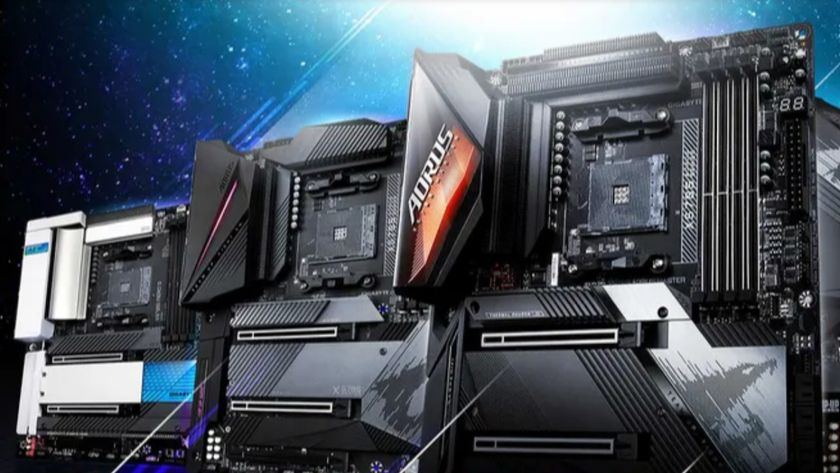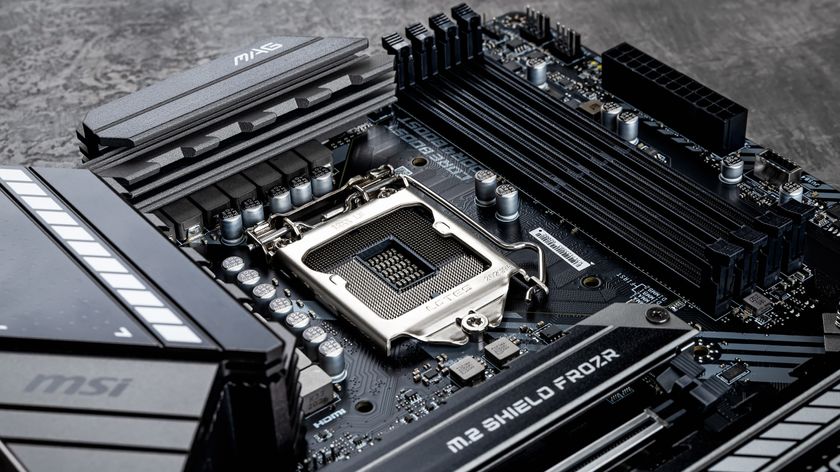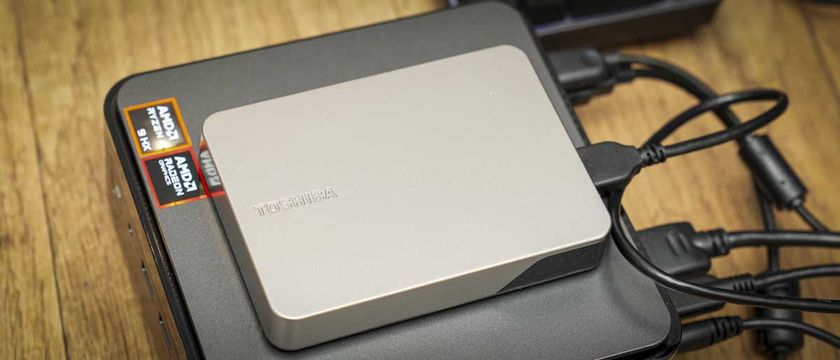TechRadar Verdict
A close second to the H55M UD2H, but loses out on OC performance and video connectivity
Pros
- +
Beefy bang for your buck
- +
Solid overclocking performance
- +
Fully supports every LGA1156 CPU
Cons
- -
Shot on cutting edge features
Why you can trust TechRadar
Asus has a habit of knocking out infuriatingly good motherboards. Infuriating, that is, if you're a competing motherboard maker trying trying to carve out a crust in the brutal business that is PC components.
Given the Asus provenance, therefore, it's hardly surprising to find this natty little MicroATX board duking it out with Gigabyte's H55M UD2H for top honours this month. But Asus will have to be on its very best form to win: it's an awfully close fight.
The two boards are borderline identical when it comes to key specifications. Powered by Intel's H55 chipset, they share the same compact form factor and both support all LGA1156 processors, along with the integrated graphics capabilities of Clarkdale Core i3 and Core i5 chips.
Likewise, both boards are solidly, if not spectacularly equipped when it comes to storage and I/O bandwidth. Neither offers USB 3.0 or SATA 6Gbps connectivity, for instance. Not a ruinous oversight, perhaps, but in the context of the burgeoning solid-state drive revolution, both are likely candidates for being a bit of a bum deal in the long run.
Performance wise there's almost nothing in it, either. Asus lands a jab or two in Crysis: Warhead, and Gigabyte parries with an extra frame per second or so in World in Conflict.
When it comes to classic performance tests, such as video encoding, there's even less of a difference in it. The numbers are virtually identical and the same applies for overall platform power consumption.
Pipped at the post
One area where you might expect clear water to open out is overclocking. But even here Asus's H55'er fails to sail off into the distance. Both boards clock in with a 200MHz maximum for our Core i5-750's base clock. In fact, thanks to the Gigabyte's superior handing of Turbo Mode, it's actually the P7H55 that lags behind on peak CPU frequency, 4GHz playing 4.2GHz.
As for Asus's various auto-overclocking features, if our testing is anything to go by, you won't see more than 2.95GHz with a Core i5-750. Not exactly spectacular.
That said, it's more of a dead heat for board layout. Asus has been slightly scatological with the placement of SATA ports, splitting them into two groups. On the other hand, the single clip memory sockets are definitely a welcome plus and will undoubtedly ease damage-free ingress and egress of any components.
What's more, where Asus's MicroATX does differ from the Gigabyte in terms of features it tends to come up just short. We're not talking about monumental shortcomings of deal breaking proportions. But the P7H55's lack of DisplayPort and its single x16 PCI Express slot have counted against it. The latter means you don't have the option, however unlikely, of dropping in a second graphics card to serve as a physics accelerator.
Add it all up, therefore, and Asus finds itself squeezed into second place. In isolation, it's a great board from one of our favourite manufacturers. It's also reasonably priced and would make a solid foundation for a powerful PC for at least the next 18 months. But Gigabyte has it licked, albeit narrowly, where it counts.
Follow TechRadar Reviews on Twitter: http://twitter.com/techradarreview
Technology and cars. Increasingly the twain shall meet. Which is handy, because Jeremy (Twitter) is addicted to both. Long-time tech journalist, former editor of iCar magazine and incumbent car guru for T3 magazine, Jeremy reckons in-car technology is about to go thermonuclear. No, not exploding cars. That would be silly. And dangerous. But rather an explosive period of unprecedented innovation. Enjoy the ride.

























